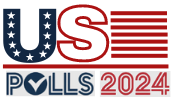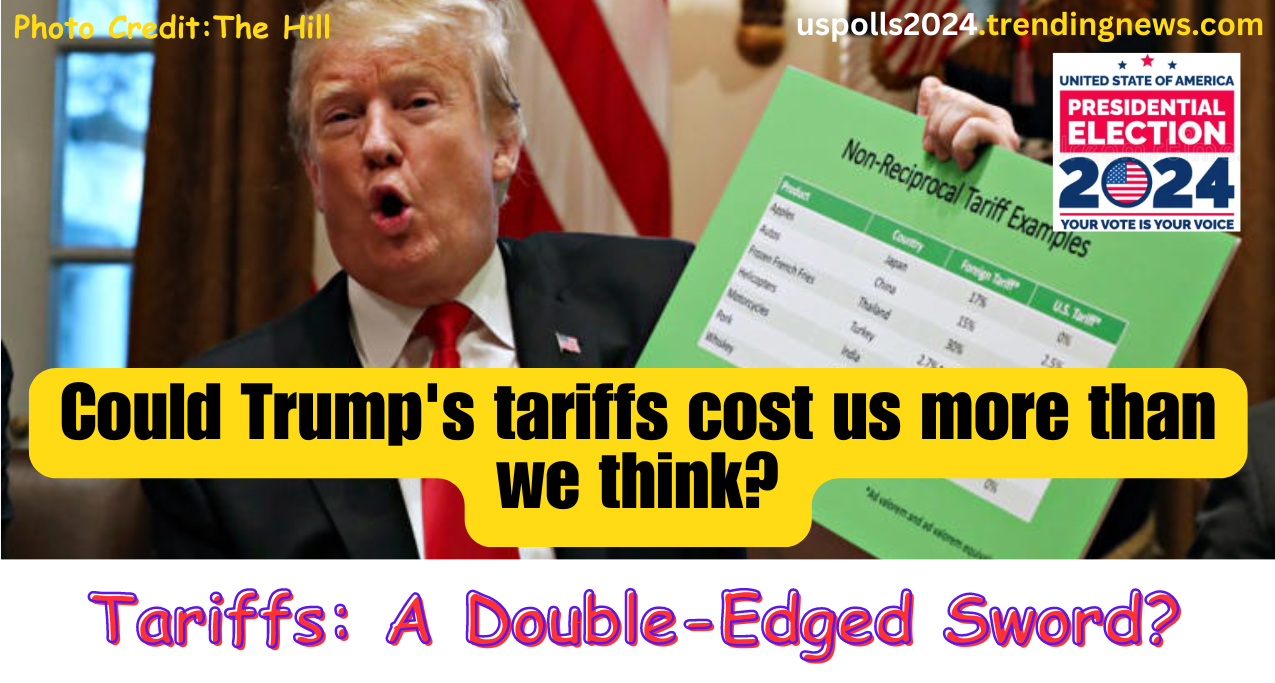With Donald Trump’s presidency and his proposed expansions, understanding the economic consequences of Trump’s tariffs is more critical than ever.
In the dynamic world of American politics, few topics ignite as much debate as tariffs. This blog post will explore how Trump’s tariff policies could reshape the economy, predominantly for the worse.
The Historical Context of Tariffs.
A Legacy of Protectionism
Tariffs have been a cornerstone of American economic policy for centuries.
Historically, they served as a primary source of revenue for the federal government until the Civil War and remained significant until the introduction of the income tax in 1913.
If Trump wins reelection and implements his proposed 20 percent tariffs on certain goods, it will signify a significant shift back to the high tariffs reminiscent of the 19th century.
Understanding economic consequences of Trump’s Tariffs
At their core, tariffs function as an indirect sales tax, inflating the prices of imported goods.
When foreign cars suddenly become 20 percent more expensive due to tariffs, domestic manufacturers often feel emboldened to raise their prices as well.
This ripple effect of the economic consequences of Trump’s tariffs isn’t limited to foreign products; it can have widespread implications for the domestic market.
Who Bears the Burden?
A Disproportionate Tax System
One of the most concerning economic consequences of Trump’s tariffs is the shifting tax burden.
Wealthier individuals typically spend a smaller proportion of their income on goods, meaning they would end up paying a lower total percentage of this tariff compared to those with lower incomes.
Currently, the income tax system is progressive, with the wealthiest Americans contributing a substantial share.
However, by expanding tariffs while proposing tax cuts for the wealthy, the overall tax burden could shift disproportionately onto middle and lower-income households.
Regional Divides
Historically, tariffs have created regional divides, and this trend would likely continue under Trump.
For instance, farmers may find themselves adversely affected as foreign nations retaliate with their own tariffs, disproportionately impacting agricultural exports.
While some domestic manufacturers may benefit from reduced competition, those relying on exporting goods would face increased costs and challenges.
This aspect highlights another layer of the economic consequences of Trump’s tariffs.
The Lobbying Boom
Tariffs and Special Interests
A high-tariff system is likely to create a thriving environment for lobbyists.
Just as a complex tax code draws in lobbyists, a tariff system would lead to an influx of requests for exemptions and adjustments.
Businesses seeking to import goods at reduced rates would employ lobbyists to navigate the intricate web of tariffs, creating a marketplace ripe for special interests.
The Political Landscape
Trump’s potential implementation of tariffs may attract foreign nations looking to secure exemptions.
The dynamics of lobbying could see countries vying for favorable treatment, resulting in a convoluted system filled with side deals.
Once these carve-outs are established, they would require ongoing defense and adjustments, further complicating the economic landscape.
This situation exemplifies another significant aspect of the economic consequences of Trump’s tariffs.
The Return of Economic Nationalism
A Shift in Ideology
Implementing high tariffs would signify a shift toward economic nationalism.
The United States, which played a pivotal role in creating a postwar free-trade system, would be turning back the clock to an era reminiscent of the 1930s, where countries prioritized self-interest over global cooperation.
This could have far-reaching implications for international relations and trade.
The Risks of Isolationism
While some might argue that protectionism could bolster domestic industries, the broader consequences could mirror the failures of the past.
The economic isolation that characterized previous tariff-heavy periods led to global downturns.
The economic consequences of Trump’s tariffs could be severe if history repeats itself.
The Broader Economic Landscape
Inflationary Pressures
The economic consequences of Trump’s tariffs would likely include inflationary pressures across various sectors.
As imported goods become more expensive, consumers would feel the pinch.
This increased cost of living could erode purchasing power, particularly for those already struggling to make ends meet.
Consumer Choice and Quality
Another critical aspect to consider is the potential reduction in consumer choice.
With tariffs on imported goods, the market could see a decrease in diversity and competition.
This reduction could lead to higher prices and lower quality products, ultimately harming consumers and highlighting yet another negative economic consequence of Trump’s tariffs.
The Path Forward
A Call for Balanced Policies
As the debate around tariffs continues, it’s essential to advocate for balanced policies that consider both domestic interests and global responsibilities.
Rather than resorting to protectionism, policymakers should explore ways to enhance domestic manufacturing while maintaining fair trade practices.
Engaging in Dialogue
It’s crucial to engage in open dialogue about the economic consequences of Trump’s tariffs.
Understanding these multifaceted impacts can lead to more informed decision-making and ultimately better outcomes for all Americans.
Conclusion : Economic Consequences Of Trump’s Tariffs.
In summary, the potential expansion of tariffs under Trump’s leadership poses significant risks to the economy.
From shifting tax burdens to fostering economic nationalism, the economic consequences of Trump’s tariffs could be far-reaching and detrimental.
As we navigate these complex issues, prioritizing policies that support both domestic industries and global cooperation will ensure a balanced approach to economic growth.
As we consider the economic consequences of Trump’s tariffs, another crucial question arises: Will Harris raise the corporate tax?
Such a move could further complicate the economic landscape, especially for businesses already grappling with increased tariffs.
A higher corporate tax might lead to reduced investments, affecting job growth and innovation.
Conversely, it could provide much-needed revenue for public services, balancing the scales of wealth distribution.
Understanding the implications of both tariffs and potential tax hikes is essential for navigating our economic future.

